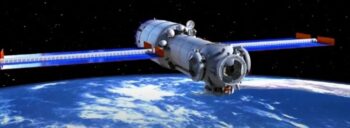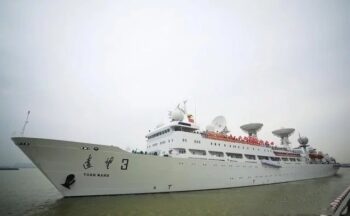China is pressing forward on construction of the country’s own space station. To do so, multiple classes of Long March boosters are to be utilized.
First up is lofting the station’s core module, the Tianzhou-2 cargo spacecraft and the Shenzhou-12 piloted spacecraft.
According to China Central Television (CCTV) rendezvous and docking as well as relevant in-orbit verifications of key technologies are scheduled to be completed this year.
Zero error launch windows
“This is the first time that we will launch multi-type Long March rockets to build a manned space station. The carrier rocket Long March-5B will launch the core module of the space station. Then the Long March-7 carrier rocket will launch the cargo spacecraft. Later, the Long March-2F carrier rocket will carry our astronauts to our space station,” said Mou Yu, director of the General Design Department of the China Academy of Launch Vehicle Technology.
Mou emphasized in a CCTV interview that the launch vehicles used require a high reliability of the pre-launch preparation work for the dynamical and control systems “and the zero error in the launch window.”
To piece together the space station, China will successively launch the Tianhe core capsule, Wentian and Mengtian lab modules. In addition, four Shenzhou crew-carrying spacecrafts and four Tianzhou cargo spacecrafts will also be launched to establish a rotation of astronauts to work on the space station and supply goods to sustain station operations.
Meanwhile, China’s space tracking ship Yuanwang-3 set sail on Saturday for the Pacific Ocean from a port in east China’s Jiangsu Province for upcoming maritime monitoring missions.
Yuanwang-3 is a second-generation Chinese space tracking ship. It has undertaken more than 90 maritime tracking and monitoring tasks for spacecraft, including the Shenzhou spaceships, Chang’e lunar probes and BeiDou satellites.




